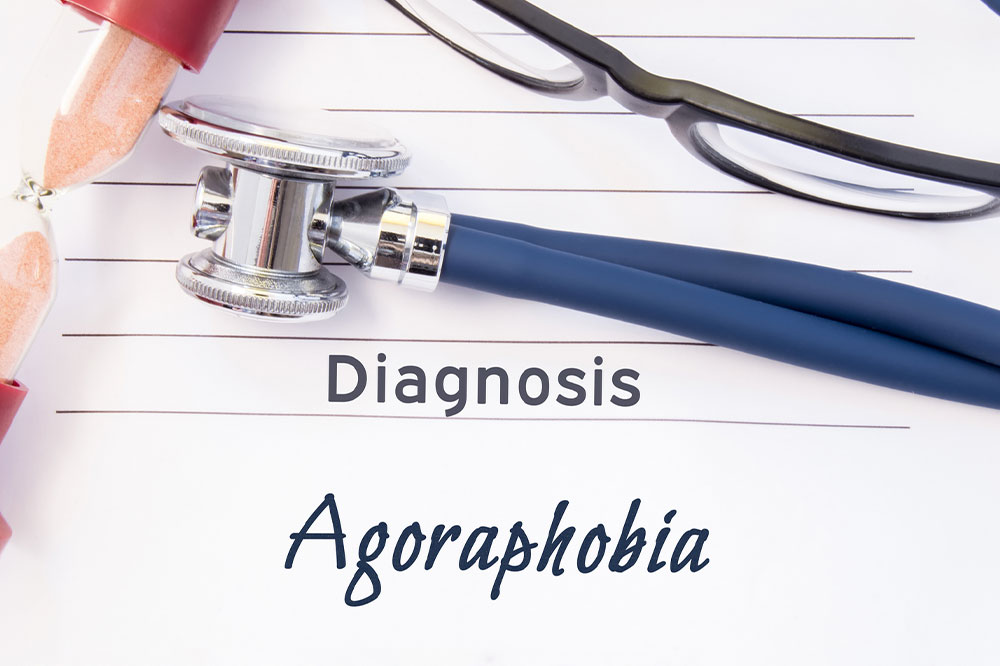
Causes, symptoms, and management of agoraphobia
Agoraphobia is an anxiety disorder where a person develops an irrational and extreme fear of being unable to escape an embarrassing or difficult situation. Some believe it is a fear of leaving the house, but it is much more complex. Agoraphobia may occur independently or alongside other mental health conditions, such as panic disorder. Read this post to learn about its common causes, risk factors, symptoms, and valuable treatment options.
Causes and risk factors
The precise cause of agoraphobia remains unknown. However, experts say changes in the brain areas that control fear might play a role in the condition’s development. The factors that can aggravate one’s risk include:
- Genetic factors: At times, people can inherit the disorder.
- Environmental aspects: Some develop it after witnessing a crime or a traumatic event.
- Temperamental factors: Some people are more susceptible to anxiety-related issues in general.
Signs and symptoms
People with agoraphobia exhibit these signs:
- Anxiety in enclosed spaces with limited escape options, like a car or elevator
- Fear when leaving home for long durations
- Fear of being alone in social situations
- Fear of losing control in public settings
- Detachment or estrangement from others
- General signs of anxiety or agitation
People with mental health disorders like agoraphobia often have panic attacks. These attacks can be identified by a series of physical symptoms, such as dizziness, nausea, trembling, sweating, chest pain, choking, numbness, hot flashes, racing heart, tingling sensations, diarrhea, chills, and shortness of breath. Patients might get a panic attack anytime they experience discomfiting or stressful circumstances, which further amplifies their fear of being in an uncomfortable situation. Studies show that approximately 30 to 50 percent of patients had a panic attack or panic attack diagnosis before developing agoraphobia symptoms.
Treatment options and management
The health expert will develop a treatment plan after examining the patient’s symptoms and their severity. Treatment usually involves a combination of lifestyle changes, prescriptions, and talk therapy. Here’s a quick look at each option:
- Lifestyle changes
The doctor may recommend lifestyle changes like avoiding caffeine, exercising regularly, practicing breathing exercises, and eating nutritious, well-balanced meals to manage the condition better. - Traditional treatments
The expert may recommend prescription treatments that prevent serotonin from being reabsorbed by the brain quickly. These treatments help boost mood and control anxiety disorders. - Talk therapy
Also called psychotherapy, talk therapy is a common approach to dealing with mental disorders. A therapist speaks to the patient and walks them through their fears. The expert may also use cognitive behavioral therapy to help patients recognize the thoughts that trigger their anxiety. It enables people to control themselves in trigger situations and react better. As time progresses, the therapy trains one’s brain to respond and think differently.
Living with agoraphobia can be challenging. People with the condition fear they will experience incapacitating symptoms or extreme panic when trapped in an inescapable or public setting. Consequently, they try to avoid such situations as far as possible, leading an isolated and restrictive life, which, in turn, has other consequences.




